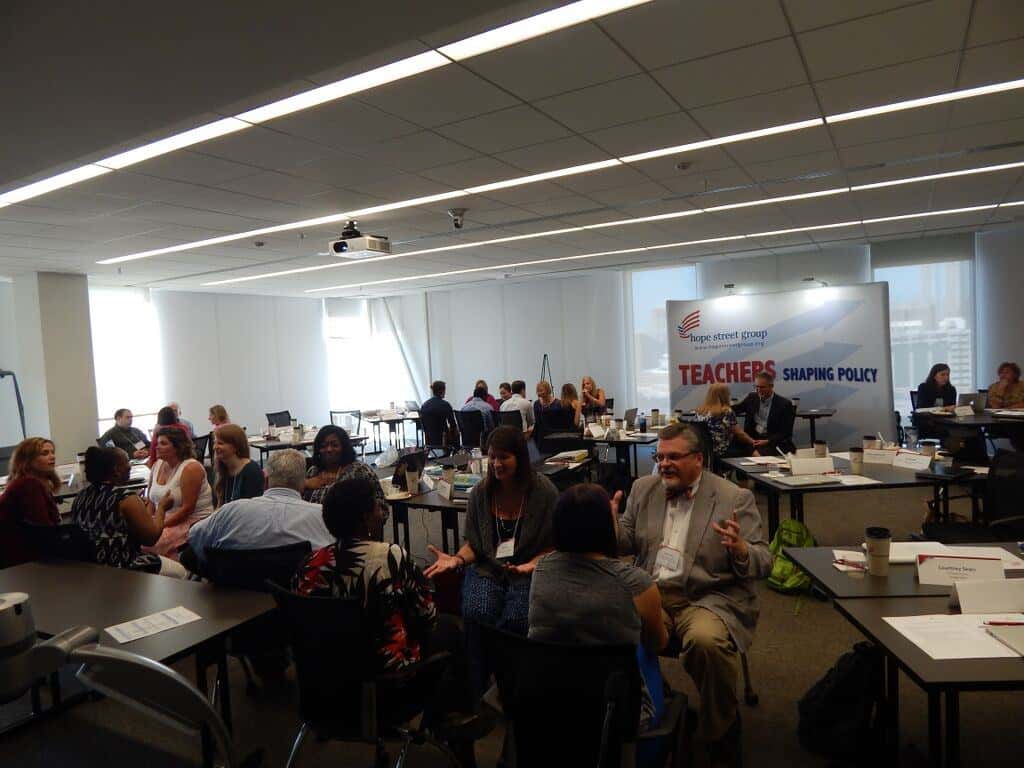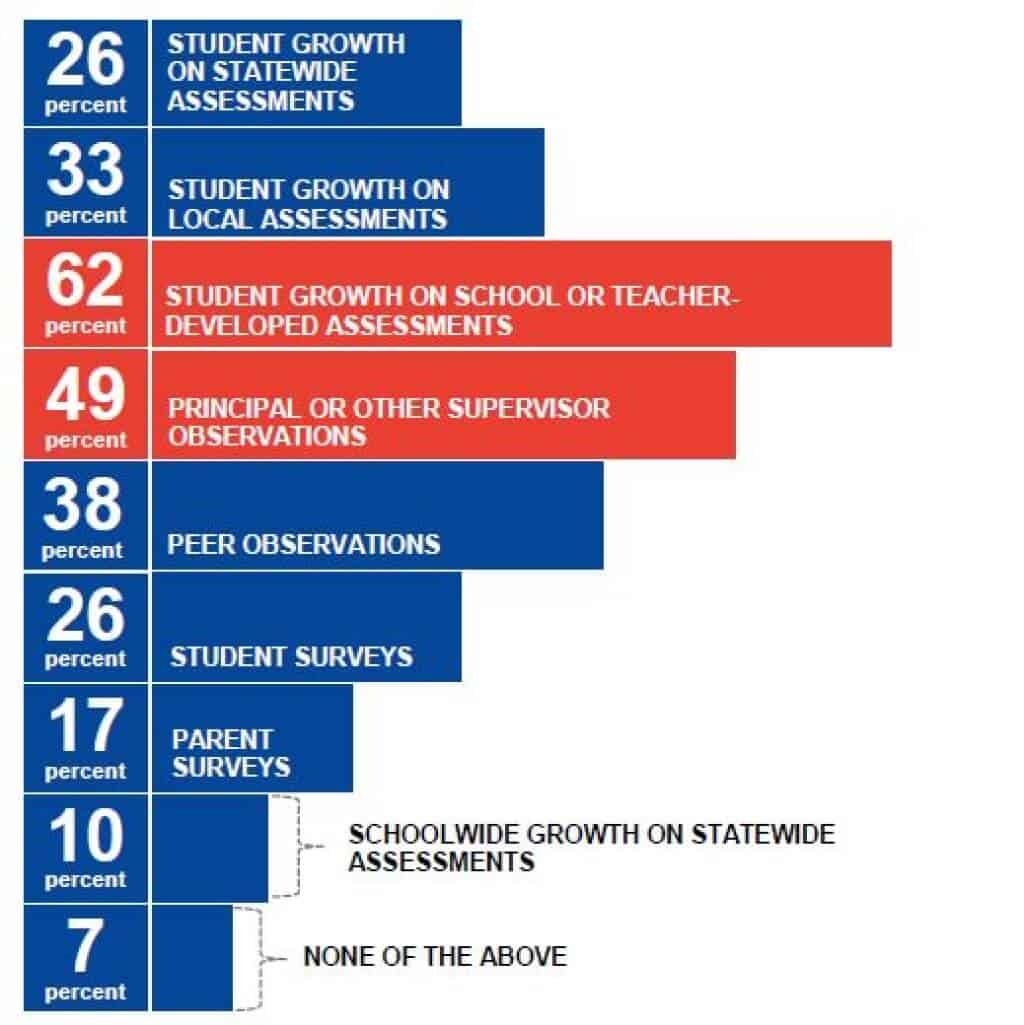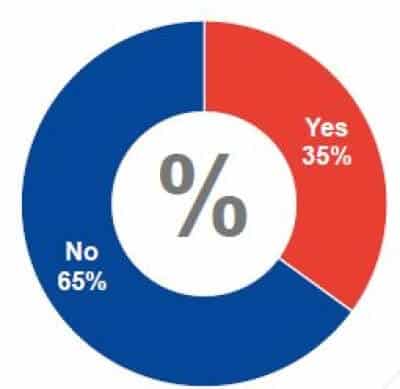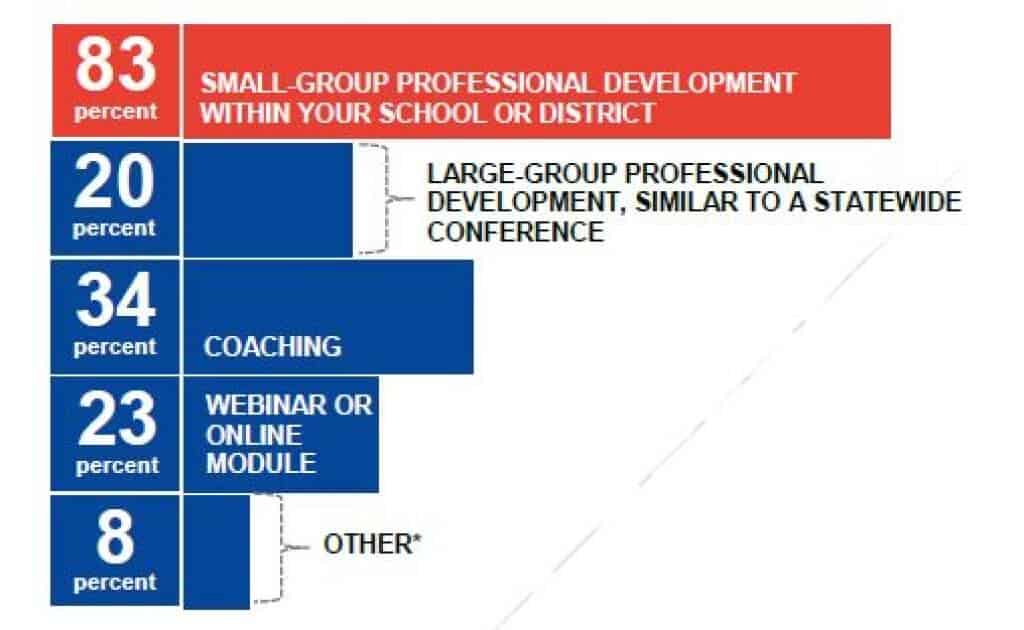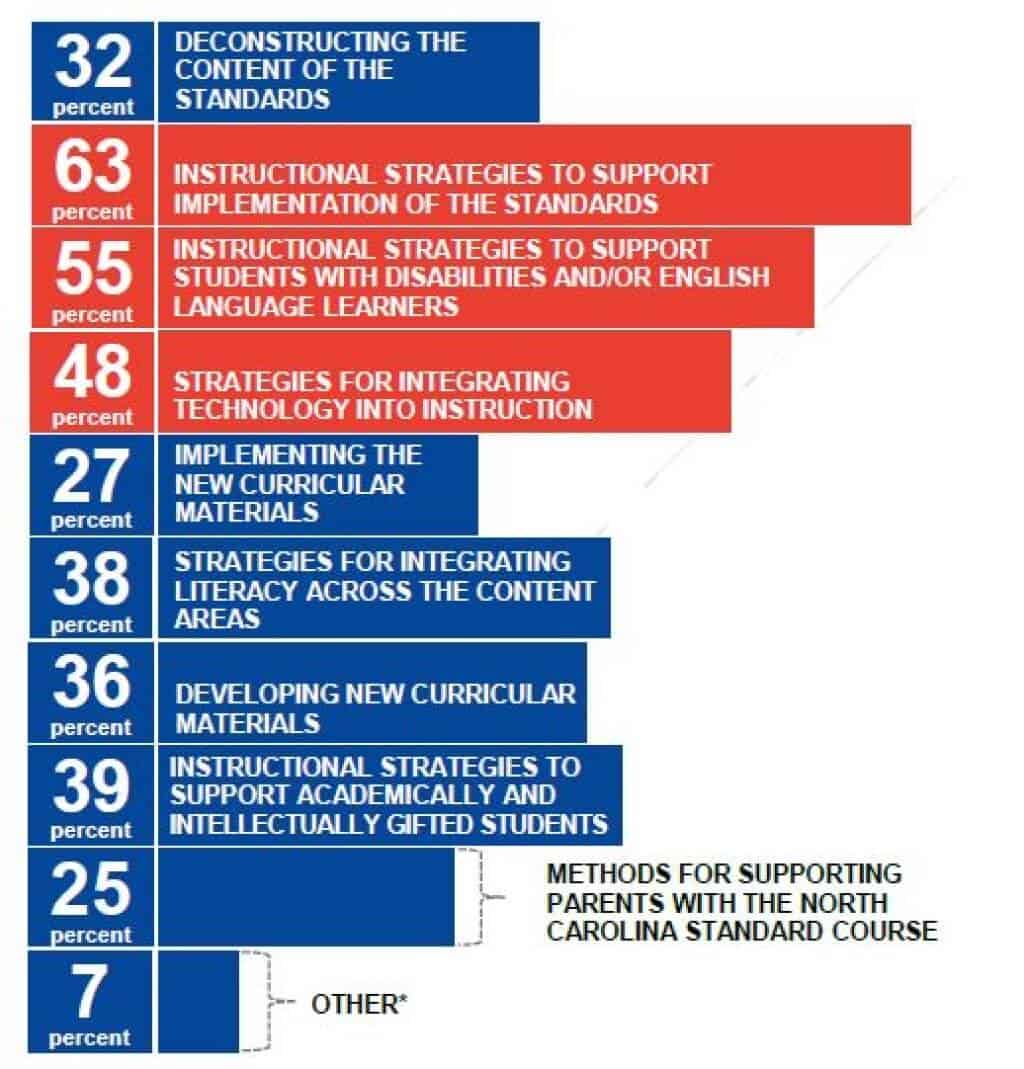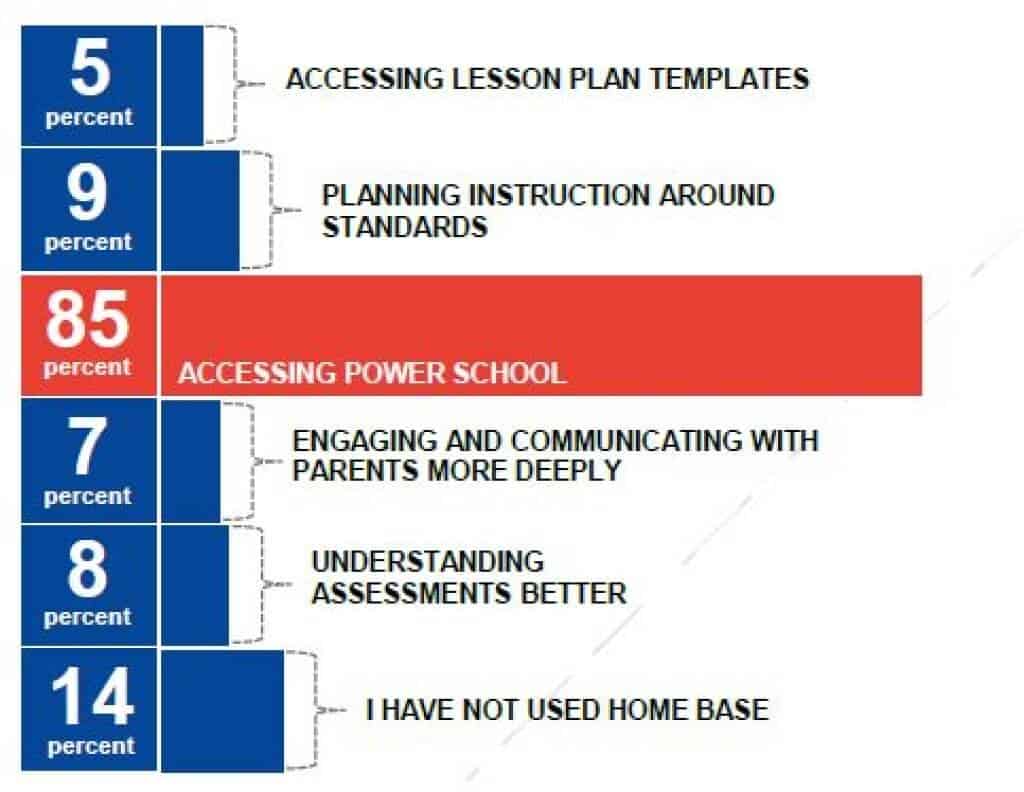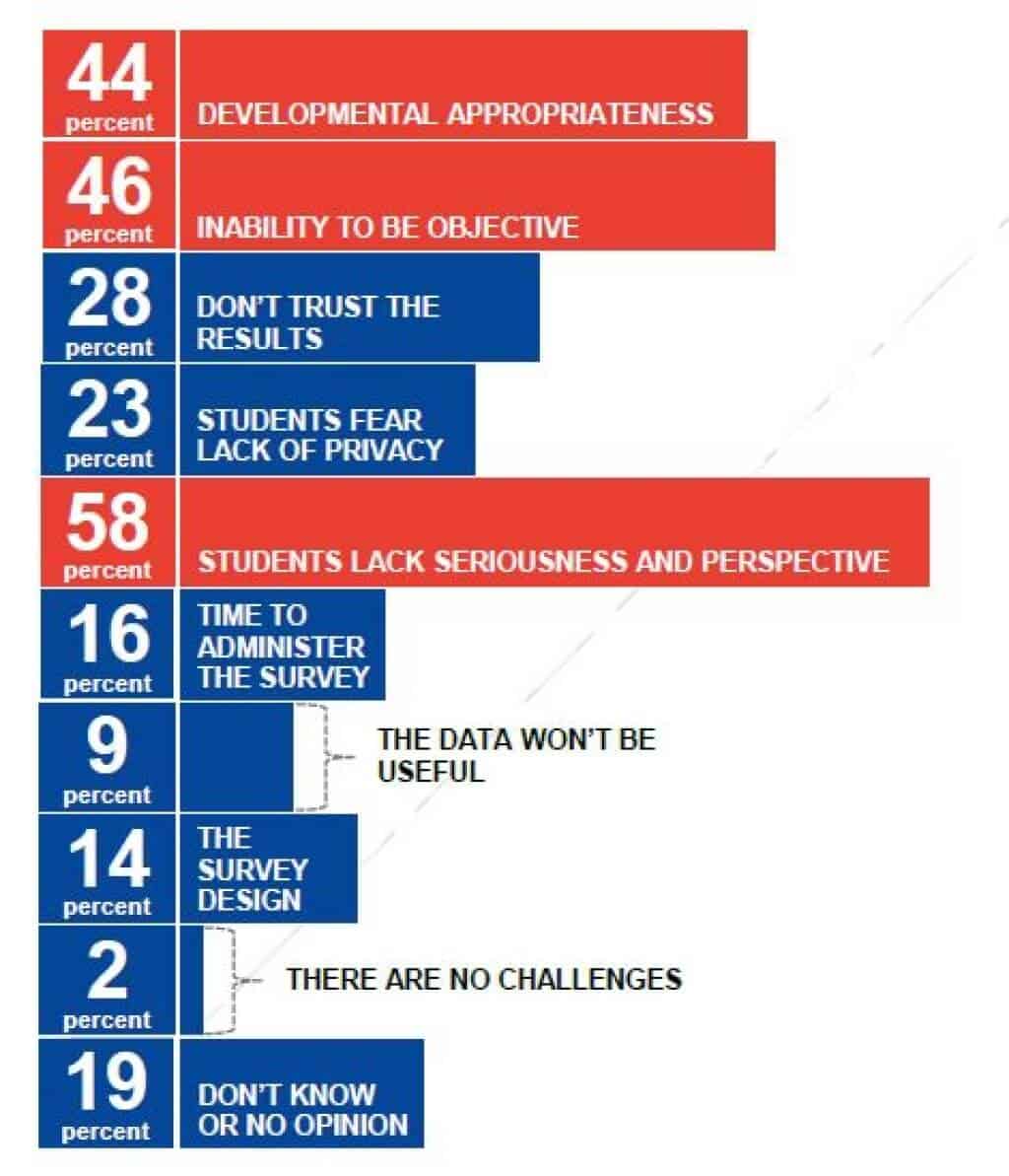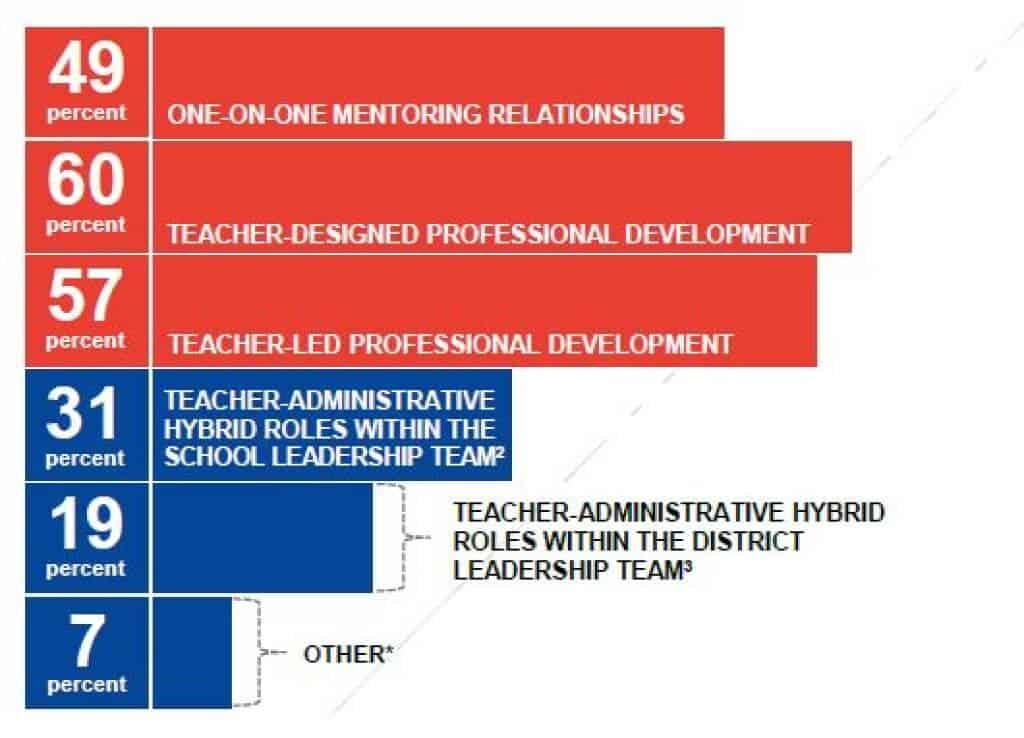Today, in a 92-page report, Hope Street Group is releasing its findings and recommendations to the N.C. Department of Public Instruction and the N.C. State Board of Education based on its fall 2015 collection of survey and focus group data from teachers across the state.
The North Carolina Teacher Voice Network
Hope Street Group is “a national organization that works to ensure every American will have access to tools and options leading to economic opportunity and prosperity.”
According to the executive summary of the report, in the spring of 2014, Hope Street Group and DPI “entered into an agreement to launch the North Carolina Teacher Voice Network (TVN), broadening its collaboration to include the North Carolina State Board of Education in spring 2015.”
The purpose of the Teacher Voice Network is to create positive changes in public policy by connecting solutions-oriented teachers to policymakers. Hope Street Group has state teacher fellows in North Carolina, Hawaii, Kentucky, Tennessee, and nationally.
More than 500 teachers from across North Carolina applied to be part of the Teacher Voice Network. These 27 teachers currently make up the network:
Joni Allison — Henderson County Public Schools
Barry Richard Barber — Asheboro City Schools
Jim Brooks — Wilkes County Schools
Bryan Christopher — Durham Public Schools
Myra Creech — Columbus County Schools
Yvonne de St. Croix — Carteret County Public Schools
John deVille — Macon County Schools
Akinyi Edmonds — Wake County Public Schools
Melissa Faetz — Macon County Schools
Trey Ferguson — Wake County Public Schools
Pamela Fitzpatrick — Orange County Schools
Mamie Hall — Public Charter
Guy Hill — Harnett County Schools
Rene Lemons — Public Charter
Elliot Lunsford — Buncombe County Schools
Hilary Marshall — Charlotte-Mecklenburg Schools
Stacey Mrazek — Newton-Conover City Schools
Christie Murphy — Guilford County Schools
Kelly Norton Pipes — Wilkes County Schools
Lucas Pasley — Alleghany County Schools
Kay Pitchford — Cumberland County Schools
Brian Randall — Asheville City Schools
Jennifer Rosser — New Hanover County Schools
Angie Scioli — Wake County Public Schools
Courtney Sears — Chapel Hill-Carrboro Schools
Amanda Wallace — Watauga County Schools
Bridget Wortman — Pender County Schools
The Fall 2015 Data Collection
In the fall of 2015, the North Carolina Teacher Voice Network sought input from educators across the state through a survey, focus groups, and professional learning networks to inform its findings and recommendations to DPI and the State Board.
Fellows moderated 74 focus groups across the state, and an online focus group was offered as well. Additionally, 2,347 teachers responded to survey questions — two percent of teachers statewide. The survey items were developed by Hope Street Group in conjunction with DPI and the Office of the State Board of Education.
According to the report, “the following school districts had the greatest number of respondents to the fall 2015 survey: Durham (9.78 percent), Chapel Hill-Carrboro (8.66 percent), Wake (7.72 percent), Guilford (6.69 percent), Watauga (6.18 percent), Orange (5.85 percent), Henderson (4.54 percent), Wilkes (4.26 percent), Jackson (3.18 percent).”
Some of the findings
The survey included 16 substantive questions. Here are some of the responses.
Question 1
When teachers were asked what measure best evaluates an educator’s effectiveness, student growth on school/teacher assessments and principal or other supervisor observations were most commonly selected.
Question 6
Whether digital or in print, most teachers indicated they do not have the textbooks they need to teach their students.
Question 11
Eighty-three percent of survey respondents preferred professional development in small groups within their school or district.
Question 12
Sixty-three percent of respondents said they would benefit from instructional strategies to support implementation of the standard course of study, 55 percent said they would benefit from support on instructional strategies for students with disabilities or English language learners, and 48 percent said they would benefit from strategies for integrating technology into instruction.
Question 13
Despite the array of resources offered on HomeBase (the suite of digital classroom management tools and instructional resources for teachers, students, parents, and administrators), 85 percent of teachers use the platform for PowerSchool while only five percent and nine percent respectively use it for assessing lesson plans or planning instruction.
Question 14
While almost all teachers saw challenges in using student surveys to evaluate instruction, only nine percent didn’t think the data would be useful.
Question 16
Teacher designed professional development – emerging at EdCamps and in projects like Ben Owen’s Pockets of Excellence – is seen by the majority of respondents as a high impact way to develop effective educators.
The focus group questions
According to the report, the 2015 focus groups asked five open-ended questions (see pages 64-74 of the report):
1. What recent changes in resources have had the biggest impact on your classroom?
Responses included funding for classroom resources, funding for teachers and teachers assistants, availability and access to technology, the need for updated textbooks, and the positive impacts of technology.
2. What is the nature and extent of interaction between public and charter schools in your district? What impact has this had on your school community?
Responses included that charter schools take resources, no interaction between charter and public schools, charter schools take students away, differences in standards and curriculums, and negative perceptions of charters.
3. What does being treated as a professional mean to you?
Responses included fair compensation, trusting teacher judgment, respecting teachers, respecting teacher planning time, and seeking teacher input.
4. Which district or state-level measures are most important for showing evidence of achieving educational equity for all students?
Responses included equitable funding, reducing the class sizes, recognizing differences in student demographics, assessing for equality, assessing for student growth, and access to technology.
5. If given the opportunity, what would you change to improve the statewide teacher evaluation system?
Responses include removing the emphasis on student achievement for teacher evaluation, increasing the utility of the evaluation system, addressing the subjective nature of the teacher evaluation system, and greater administration involvement.
The recommendations
Hope Street Group and Magnolia Consulting worked together to develop the recommendations of the report, which can be found in the executive summary of the report and in more depth on pages 9-13 of the report.
Katharine Correll, the director of the North Carolina Teacher Voice Network for Hope Street Group, says the recommendations are “a jumping off point for a deeper conversation about these issues.”
Next Steps
According to Correll, Dr. June Atkinson, the state superintendent, will address the network on January 23 to discuss the findings and recommendations of the report.
Correll hopes the data will be useful to DPI, the State Board, and policymakers, but also to anyone who is interested in educator effectiveness.
The network’s spring data collection will run between February 15 and March 4 with publication of the next set of findings and recommendations expected in late spring.
Here is the full report.
